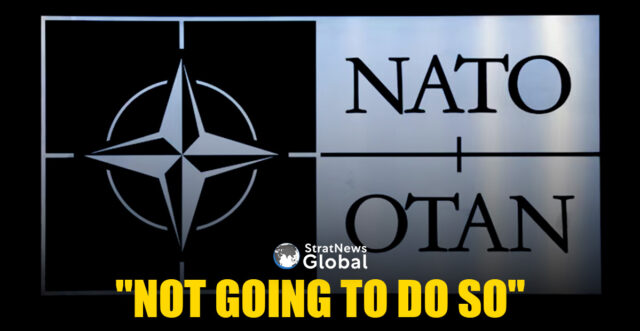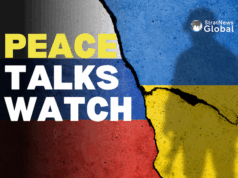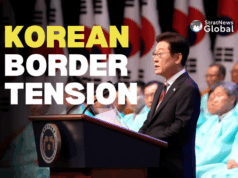NATO member countries on Sunday agreed to significantly raise their defence spending target to 5% of GDP, following strong pressure from US President Donald Trump. However, Spain has said it will not be bound by the commitment, just days ahead of a key summit in The Hague aimed at demonstrating alliance unity.
NATO officials had been anxious to find consensus on a summit statement on a new spending commitment ahead of Wednesday’s gathering. But Spanish Prime Minister Pedro Sanchez declared on Thursday he would not commit to the 5% target.
NATO boss Mark Rutte has proposed to reach the target by boosting NATO’s core defence spending goal from 2% to 3.5% of GDP and spending an extra 1.5% on related items like cyber security and adapting roads and bridges for military vehicles.
‘Not Going To Do So’
After diplomats agreed on a compromise text on Sunday, Sanchez swiftly proclaimed Spain would not have to meet the 5% target as it would only have to spend 2.1% of GDP to meet NATO’s core military requirements.
“We fully respect the legitimate desire of other countries to increase their defence investment, but we are not going to do so,” Sanchez said in an address on Spanish television.
Spain spent 1.24% of GDP on defence in 2024, or about 17.2 billion euros ($19.8 billion), according to NATO estimates, making it the lowest spender in the alliance as a share of its economic output.
NATO officials argue big defence spending increases are needed to counter a growing threat from Russia and to allow Europe to take on more responsibility for its own security as the United States shifts its military focus to China.
Trump’s Double Standards
Sanchez’s stance risked setting up a summit clash with Trump, who has frequently accused European countries of not spending enough on defence and threatened not to defend them if they do not meet their targets.
On Friday, Trump said Spain “has to pay what everybody else has to pay” and Madrid was “notorious” for low defence spending.
However, he also suggested the US should not have to meet the new target, as the US had spent large amounts to protect the continent over a long period. Washington spent an estimated 3.19% of GDP on defence in 2024, NATO says.
But Sanchez argued it was not necessary for Spain to meet the new target and trying to do so would mean drastic cuts on social spending such as state pensions, or tax hikes.
Language Change Did The Trick
NATO did not release the compromise summit text, which will only become official when it is endorsed by the leaders of NATO’s 32 members at the summit.
But diplomats said one tweak in the language on the spending commitment, from “we commit” to “allies commit”, allowed Spain to say the pledge does not apply to all members.
In a letter seen by Reuters, Rutte told Sanchez that Spain would have “flexibility to determine its own sovereign path” for meeting its military capability targets agreed with NATO.
A NATO diplomat said Rutte’s letter was simply “an affirmation that allies chart their own course for making good on their commitments” to meet their capability targets.
NATO officials have expressed scepticism that Spain can meet its military capability targets by spending just 2.1% of GDP, as Sanchez has suggested. The targets are secret so their costs cannot be independently verified.
Deadline Extension
“All allies have now agreed to the summit statement – which includes the new defence investment plan,” said the diplomat, speaking on condition of anonymity to discuss internal matters.
Rutte had originally proposed countries meet the new target by 2032 but the deadline in the final text is 2035, according to diplomats. There will also be a review of the target in 2029.
($1 = 0.8679 euros)
(With inputs from Reuters)





